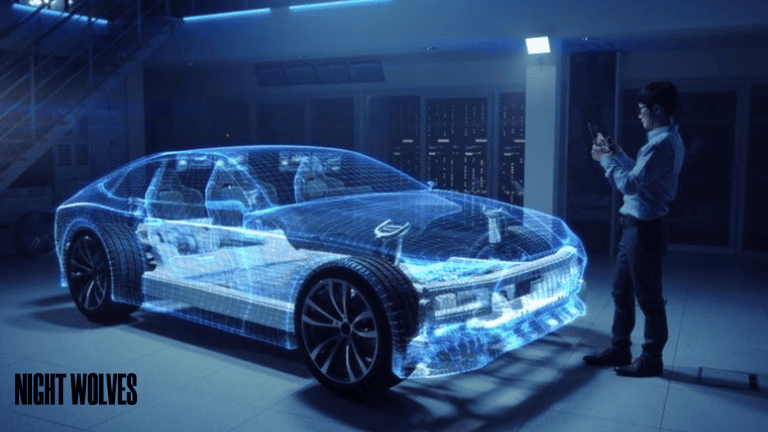The automotive industry in 2025 is witnessing a digital renaissance, with Automotive CGI Studios at the forefront of this transformation. From photorealistic car imagery to immersive product visualization, CGI is redefining how cars are designed, marketed, and experienced.
The Rise of Automotive CGI Studios
Automotive CGI Studios are specialized creative hubs that blend artistic vision with cutting-edge technology to produce high-quality, computer-generated imagery for vehicles. These studios, found globally and increasingly in India, use advanced 3D rendering tools to craft visuals for advertisements, product launches, and virtual showrooms—often before a physical prototype even exists.
Photorealistic Car Imagery: The New Standard
The hallmark of modern Automotive CGI is its ability to create photorealistic visuals that are virtually indistinguishable from real photography. Artists meticulously model every curve and surface, apply lifelike textures, and use sophisticated lighting techniques to simulate real-world environments. Software like V-Ray, Corona, and Blender’s Cycles power these renderings, capturing everything from the metallic sheen of paint to the subtle reflections on chrome accents.
Automotive VFX and 3D Visualization: Beyond Static Images
Today’s Automotive CGI Studios don’t just create still images—they deliver dynamic 3D visualizations and VFX-driven animations. This includes:
- Real-time vehicle configurators for interactive customer experiences
- Virtual and augmented reality (VR/AR) showrooms
- Animated product launches and commercials
- Technical documentation and training materials using CGI animations
These applications allow brands to showcase vehicles in any environment, color, or configuration, dramatically increasing creative flexibility and customer engagement.
Product Visualization: From Concept to Customer
CGI is now integral to the entire automotive value chain:
- Design & Development: Virtual prototypes enable rapid iteration and collaboration, accelerating the design process and reducing time-to-market.
- Marketing & Advertising: CGI-generated content powers brochures, billboards, social media, and TV commercials with consistent quality and faster turnaround.
- Customer Experience: Interactive CGI tools let customers explore, customize, and even test-drive vehicles virtually, enhancing engagement and supporting sales.
The Indian Edge: Automotive CGI Studios in India
India has emerged as a global hub for Automotive CGI, with studios like Night Wolves Studio, Tonic, and Paintbox delivering world-class visuals for both domestic and international clients. These studios offer:
- Expertise in photorealistic rendering and automotive VFX
- Cost-effective production without compromising quality
- Experience with global automotive brands and campaigns
Their work is helping Indian and international automakers accelerate digital transformation and reach wider audiences.
Have a concept in mind? Let’s turn it into reality with our expert services.
Start Your Creative Journey with Night WolvesFuture Trends: What’s Next for Automotive CGI?
As we look ahead, several key trends are shaping the future of Automotive CGI:
- Hyper-Realistic Visualization: Even more lifelike renderings, with advanced material and lighting simulation.
- Real-Time Rendering: Instant feedback and interactive experiences using engines like Unreal Engine.
- AI-Powered Design: Automation and generative design tools to streamline workflows.
- Sustainability: Reduced need for physical prototypes and shoots, lowering environmental impact.
- Democratization of Design: Greater consumer involvement in customization and design decisions.
Conclusion
Automotive CGI Studios are driving a revolution in how vehicles are brought to life—virtually. The creative power of CGI is not just about making cars look good; it’s about enabling innovation, enhancing customer experiences, and transforming the automotive industry for a digital-first world. In 2025 and beyond, the impact of virtual cars is very real—and it’s only getting stronger.

